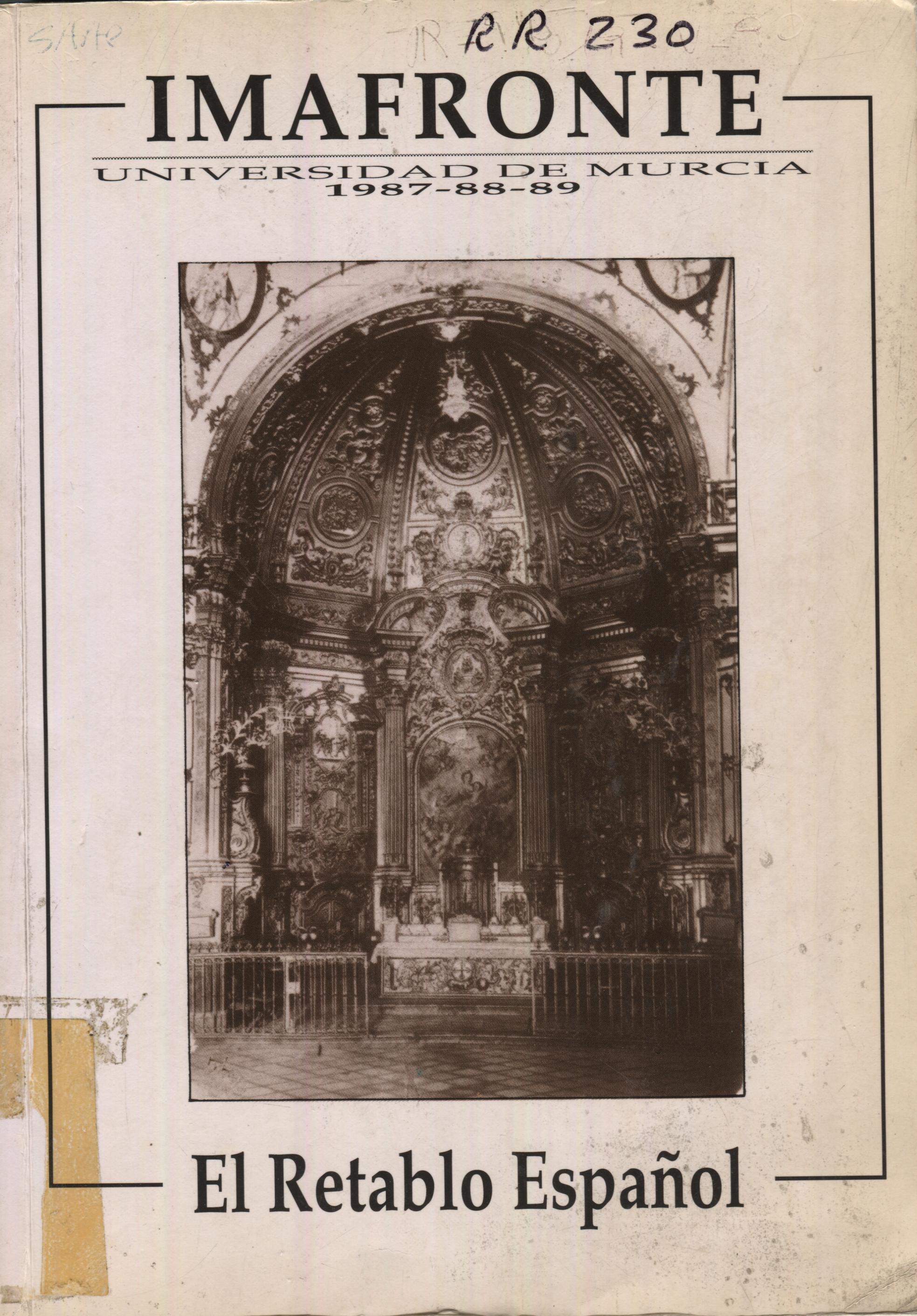LOS TABERNÁCULOS DEL BARROCO ANDALÚZ
Resumen
One of the most interesring chapters in the baroque retable-making activity in Andalusia is presetired by the rich series of isolated tabernacles or templetes [litle temples]. They stand out both because of the privileged location on the heads of cathedrals and collegial churches and their specialfunction, the Eucharistic exhibition, which distinguish these Andalusian structures from other Spanish ones, usually reserved to Saints. It justifies the name tabernaclen itself: After Diego de Siloe arranged un isolared tabernacle in the rotunda in the cathedral of Granada, this type of altar became in fashion in Andalusia, particularly in eastern Andalusia, and examples as inreresring as St. Sebastian, in Anrequera or those of the Grace Trinnitarians and Santo Domingo, in Granada, were erected along the XVIIIth century the later two are made in polycrhome marbles). Hurtado Izquierdo starts from them to reach the most original and very baroque solutions in the first decades of the XVIIIth century. His works will inspire well known artists, like José de Bada and Pedro Duque Corriejo.Descargas
-
Resumen373
-
PDF172
Las obras que se publican en esta revista están sujetas a los siguientes términos:
1. Los autores ceden de forma no exclusiva a la revista los derechos de explotación (reproducción, distribución, comunicación y transformación).
2. Las obras que se publican en esta revista están sujetas a la licencia Attribution-ShareAlike 4.0 International (CC By SA 4.0). Por lo que se pueden copiar, usar, difundir, transmitir y exponer públicamente, siempre que:
i) se cite la autoría y la fuente original de su publicación (revista, editorial y URL de la obra), permitiendo así su reconocimiento.
ii) se permite remezclar, transfromar o crear a partir del material mientras se mantenga la misma licencia del original.
3. Condiciones de auto-archivo. Se permite y se anima a los autores a difundir electrónicamente las versiones pre-print (versión antes de ser evaluada) y/o post-print (versión evaluada y aceptada para su publicación) de sus obras antes de su publicación, ya que favorece su circulación y difusión más temprana y con ello un posible aumento en su citación y alcance entre la comunidad académica. Color RoMEO: verde.
























